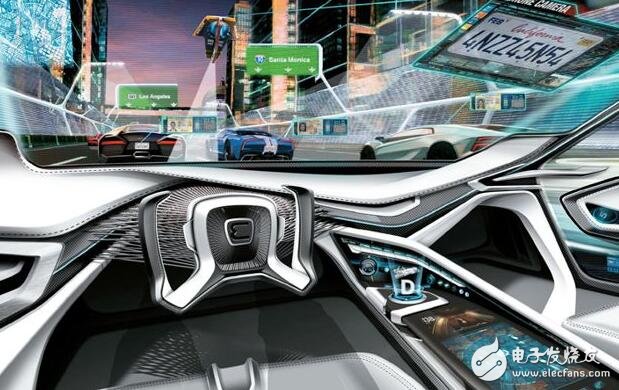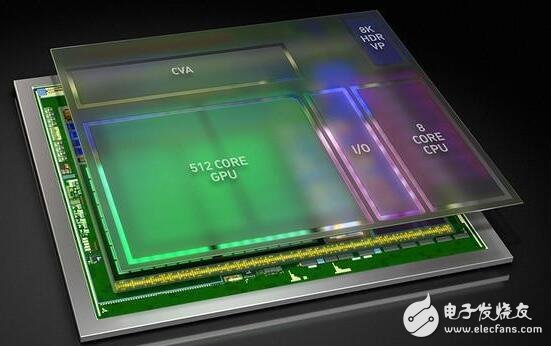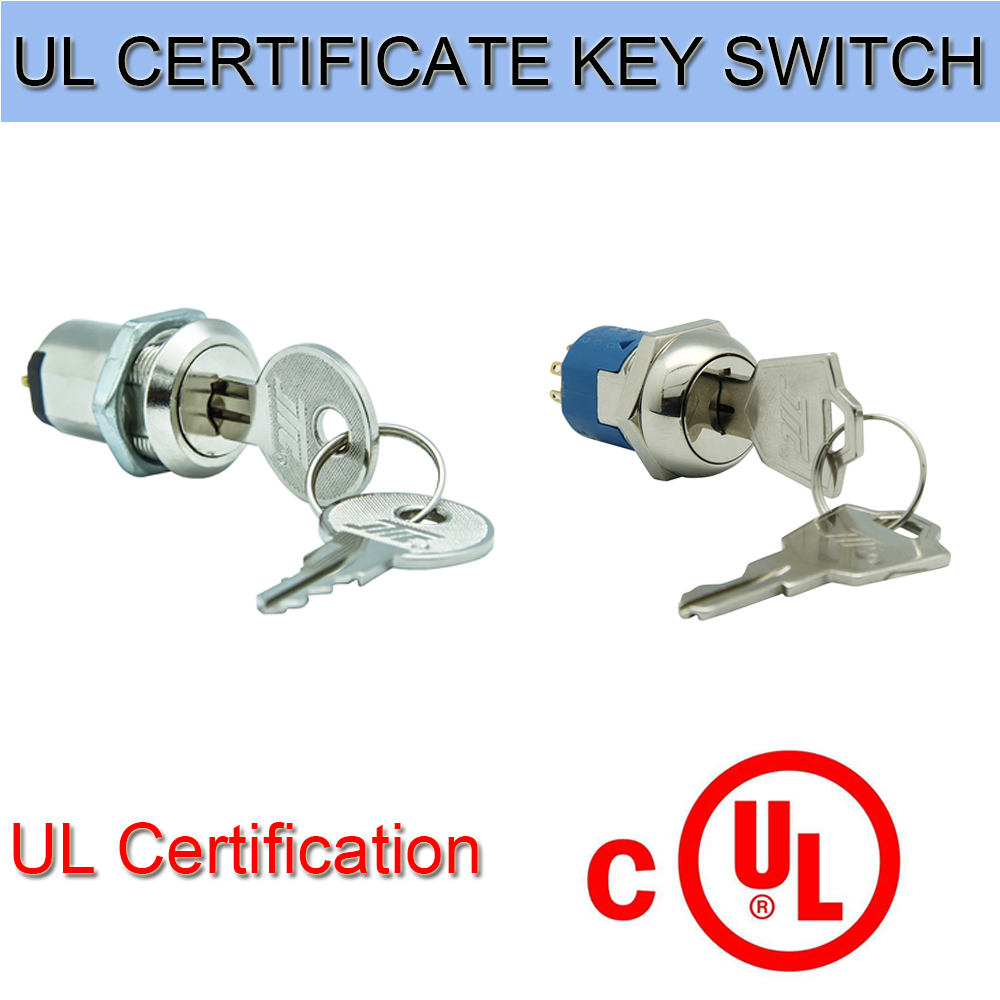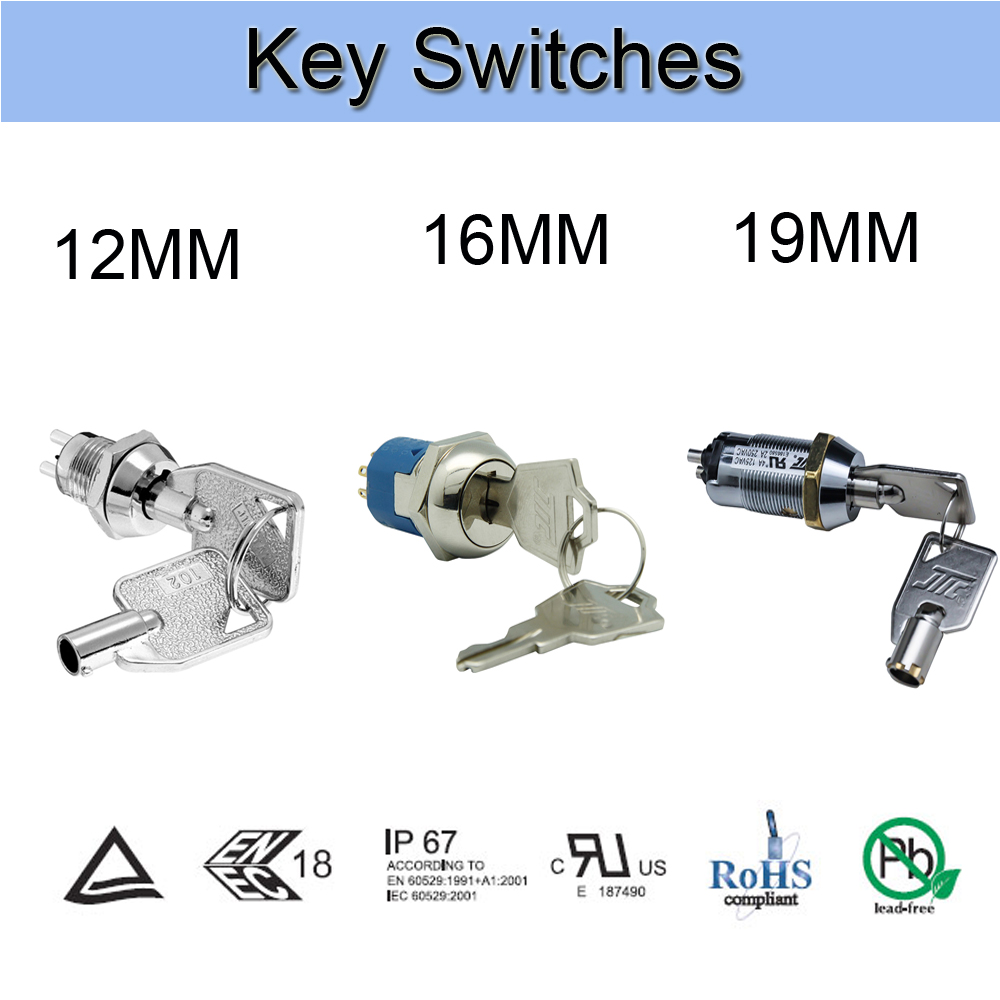According to reports, Intel, the semiconductor giant, is preparing to invest heavily in the field of self-driving cars to develop self-driving processors. Moreover, Intel has established the Automotive Solutions Division internally and has begun research and development programs. The report pointed out that in the era of personal computer development, Intel has almost become the representative of personal computer processors. However, as the PC industry fades, Intel has to transform into other areas of development. In the upcoming era of self-driving, Intel also hopes to replicate the successful experience of PC processors. In fact, a self-driving car is actually a car controlled by a computer system. Therefore, the self-driving processor chip must be able to process a large amount of information transmitted from many sensors, cameras, etc. on the self-driving body to analyze and process the current traffic, the surrounding environment and various anomalies on the road and then to the steering wheel. , the brakes, fuel and other systems to implement the corresponding control. Elliot Garbus, general manager of Intel Automotive Solutions, said in an interview with the media that the intensive data processing business on the self-driving car is similar in intensity to the processors used in current high-performance servers. So, in essence, self-driving is a data center that moves on land on wheels. Elliot Garbus also stressed that in addition to the powerful processing performance of Intel-specific processors, Intel is also preparing to make the processor versatile and adaptable. Just like the personal computers of the past, the car processor can also be used in a wide variety of vehicles. In this regard, in the eyes of Intel, self-driving has become a field of application for a large number of processor chips after personal computers and smart phones. Therefore, Intel hopes to accelerate development and seize market share. In the past, Intel has completely lost in the smartphone processor market, and this market has been handed over to Qualcomm and Taiwan MediaTek. Nowadays, in the self-driving field, from the perspective of the car driving system, it is clear that Intel has fallen behind to Google, Uber, Tesla and many traditional large-scale car manufacturers. Therefore, in this field, Intel began to shift its focus and develop toward the processor that it used to be good at. In mid-2016, Intel announced that it will cooperate with German BMW (BMW) and Israel Mobileye to jointly develop autonomous vehicles, which will be launched in 2020. In this cooperation agreement, the development of processor chips that Intel focuses on is planned, while Israel Mobileye develops in the fields of computer image recognition, machine learning and data analysis. In addition, in May 2016, Intel also acquired Itseez, a computer vision recognition company, which is considered to be a technical preparation for entering the self-driving field. Of course, in the field of self-driving chips, Intel will also face the challenge of a large number of strong opponents. These include Nvidia, Qualcomm, and Renesas. In fact, in the face of the shrinking global PC market, Intel has been looking for its own position these years. Previously, Intel had invested extensively in the IoT chip and drone chip market. However, the size of these markets is still very limited and cannot compensate for the decline in the computer processor chip market. Today, Intel hopes to get a market in the wave of self-driving trends to find future developments. Auto-driving car processor melee is about to start Due to the weak development of the traditional PC and mobile device market, many related manufacturers have turned their targets to the automotive electronics market with great growth potential, especially the autonomous vehicle market, including NVIDIA and Qualcomm. NVIDIA's new AI chip and self-driving computer compete with Intel for business opportunities NVIDIA, a graphics chip (GPU) manufacturer, is actively involved in the development of artificial intelligence (AI) chips and will compete with Intel. At the "GTC China 2016" conference held at the Beijing International Hotel Conference Center, NVIDIA recently released two processors based on Pascal architecture, namely "TeslaP4" and "Tesla P40", mainly for the data center market; A "Drive PX 2" for computers in the AI ​​field of self-driving cars, Baidu will be introduced into its own self-driving system in the future. Two Tesla chips claim to enhance deep learning speed According to Bloomberg and Reuters, the Tesla P4 and Tesla P40 are part of a deep learning processor with 7.2 billion and 12 billion transistors respectively, and 2,560 and 3,840 unified computing architectures respectively. CUDA) core, two processor performance equivalent to 40 central processing unit (CPU) integration, processing speed up to 45 times faster than the CPU solution, plus the Pascal architecture can help deep learning acceleration up to 65 times, which allows Both Tesla P4 and TeslaP40 also have AI processing performance. According to NVIDIA, Tesla P4 is targeted at the server market used in a large number of data centers. Based on the Pascal architecture, NVIDIA claims that the Tesla P4 is 40 times faster than the Intel server chip and more than three times faster than the previous generation. The Tesla P40 is targeted at the more powerful single-computer market such as supercomputers. NVIDIA claims that the company's GPU is the right choice for AI systems and has invested in software that makes its GPUs easier to use. Intel first released a proprietary AI chip in August. NVIDIA and Intel both want to ensure that data center operators such as Google will not only adopt their chip technology, but will not want to try to develop their own customized solutions. Release Drive PX 2 self-driving AI computer Baidu will adopt NVIDIA also announced the Drive PX 2 self-driving AI computer, claiming that its power consumption is only 10 watts, which is half the size of the prototype version released by the company in January 2016, which helps to import AI technology for use in mass production vehicles. In the computer. The DrivePX 2 integrates data collected by automotive sensors and uses deep neural networks to generate images of complex objects around the vehicle. In the future, Baidu's own car system for self-driving systems will use NVIDIA's DrivePX 2 computer. As more and more automakers around the world are actively investing in their own self-driving technology development, NVIDIA is trying to help reduce the threshold for self-driving development by introducing more powerful computers or processors, allowing more automakers to Can enter this market. NVIDIA and Baidu also announced in early September that they will jointly develop a fully self-driving architecture, which will create this fully self-driving architecture from the cloud to the automotive end with the expertise of the two companies in AI technology. At present, the global AI chip development is still in its infancy, but most of NVIDIA's latest data center business revenues have doubled from US$151 million. AI-related business; Intel's data center business has sales of US$4 billion in the latest quarter. However, it is rarely the income generated by AI-related businesses. Qualcomm layout self-driving chip confronts NVIDIA and Intel Autopilot technology is the next research and development focus of the Internet of Vehicles, and self-driving may be commercialized within 4 to 5 years, creating great business opportunities for chip manufacturers. Gartner, the market regulator, expects that the number of cars using the Internet in the world will increase significantly from the current 60 million units to 250 million units by 2020. According to the Seeking Alpha website, connected cars are mainly equipped with mobile processor computing platforms and support software to provide broadband connections for telematics and telematics (TelemaTIcs). Passengers can connect to information via smartphones and tablets. Entertainment systems, receiving road maintenance information, and using vehicle-to-vehicle communications to increase road safety. Qualcomm unveiled the Snapdragon 820A processor designed specifically for the automotive market at CES2016, expecting instant cloud connectivity, immersive 4K graphics and video display on mobile devices via this 14nm FinFET process Features such as hardware and software upgrade flexibility and deep learning and remote diagnosis extend to in-vehicle systems to improve vehicle safety. The Snapdragon car solution consists of a Snapdragon processor and a data machine. It uses an ARM architecture platform and is compatible with the Android operating system and Blackberry's QNX platform. Intel (Intel) introduced an AtomE3800 processor-based solution that can be implemented on Linux and QNX platforms. QNX and Linux systems are faster than the Android system in terms of penetration speed, and Linux Foundation is launching the Open Source Vehicle Operating System (AutomoTIve Grade Linux; AGL). Linux is expected to be the leader in in-vehicle systems. Since in-vehicle computing and mobile computing are equally lightweight, Qualcomm's experience in mobile computing will provide the company's greatest competitive advantage. However, the popularity of the Android system in the automotive industry is not high, which limits the growth potential of Qualcomm in the automotive market. Although Qualcomm has announced that future automotive processors will use Linux's AGL design, it is afraid that Intel will stand firm in the market. NVIDIA is market-ready, unlike Intel and Qualcomm, which offer plug-and-play devices that automakers can install directly. NVIDIA's competitive advantage lies in the company's advanced graphics technology. With the Drive PX 2 platform, OEMs can deploy artificial intelligence tools, monitor car locations, identify surrounding objects, and calculate the optimal distance for safe driving. In addition, NVIDIA also introduced the DriveCX digital cockpit system to provide virtual reality and augmented reality with advanced graphics technology. Drive CX is compatible with QNX, Linux and Android systems. The Snapdragon 820A system's single chip will support the Zeroth deep learning algorithm for analyzing images and sound. The report believes that if Qualcomm can improve its graphics technology in the short term and launch products that support the Linux platform, it will have the opportunity to become a leader in autonomous driving chips.
UL Certified Switches
Our UL Certified Switches are mainly 3 Position Key Switch with 19mm Installation size. This series is a representative , competitive and hot product in our products catalog.
UL Certified Electric Key Switch, which indicates the Key Switches that have UL certification. The UL Safety Laboratory is the most authoritative in the United States and the largest private institution in the world for safety testing and identification.
Our company has UL certification testing equipment, so that UL certification series Key Lock Electrical Switches products meet international standard so could meet our customer`s needs. We are devote to supplying high-quality and excellent products to our customers with the Quality management testing, supplier management, feed inspection, in-process inspection, finished product inspection, measurement ,instrument management, final personnel training , high-class quality concepts.
We are always insisted on the quality of the Key Lock Switch, so our key switches with supreme quality could be investigated. If the client receive abnormal quality, the quality team meeting will be held actively to rigorously analyze the cause of the Abnormal product and make the correct solution. The same batch of materials should be separated in time to ensure that similar quality anomalies wont happen again, so we could achieve the goal that corrective and preventive measures are taken to make efficient solutions for the UL series of Key Switches used by customers.
Ul Certified Switches,Ul Certified 16Mm Switch ,Ul Certified Waterproof Switch,Ul Certified Electric Power Switch YESWITCH ELECTRONICS CO., LTD. , https://www.yeswitches.com



